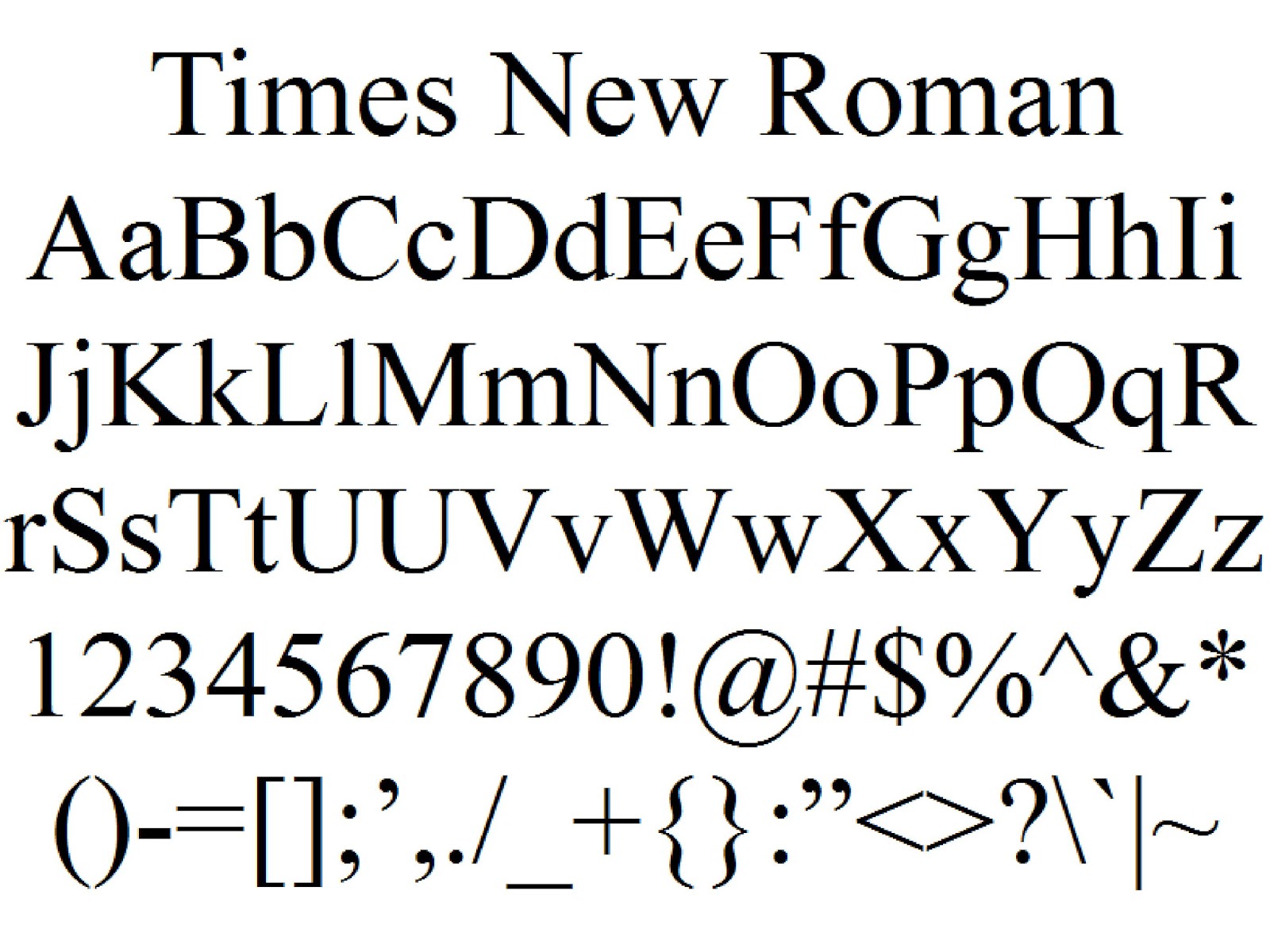Times New Roman Font Generators: A Deep Dive
In the digital age, typography plays a crucial role in conveying information and establishing brand identity. Among the vast array of fonts available, Times New Roman remains a steadfast classic. But what if you need to replicate the look and feel of Times New Roman without having the font installed? That's where Times New Roman font generators come in, offering a convenient solution for various design and publishing needs.
Times New Roman font generators are online tools that allow users to create text that visually mimics the appearance of Times New Roman. These tools are particularly useful when working on platforms or devices where the font isn't readily available. They provide a workaround for maintaining visual consistency across different systems, ensuring your text displays as intended regardless of the user's font library.
The rise of online document creation and collaboration has increased the demand for readily accessible fonts. While Times New Roman is a common font, its absence on certain platforms can create formatting inconsistencies. Times New Roman font generators address this challenge by allowing users to create text that appears identical to Times New Roman, regardless of the underlying font support.
Understanding the history and origins of Times New Roman provides context for appreciating its enduring relevance. Commissioned by the British newspaper The Times in 1931, the font was designed by Stanley Morison with the goal of improving readability and print efficiency. Its classic serif design and balanced proportions have contributed to its widespread adoption in print and digital media.
Times New Roman font generators effectively reproduce the visual characteristics of the original font, allowing users to generate text that maintains the font's distinctive look and feel. This is particularly valuable in situations where font licensing or availability is a concern, providing a cost-effective and accessible alternative.
Historically, replicating fonts without proper licensing has been a legal gray area. Font generators often bypass this issue by creating images of the text rather than actual font files, thereby avoiding copyright infringement. This approach allows for wider accessibility while respecting intellectual property rights.
One major challenge with Times New Roman font generators is ensuring accuracy. Subtle variations in character shapes and spacing can sometimes occur, particularly with less sophisticated generators. It's crucial to choose a reliable generator that faithfully replicates the original font's characteristics.
Another issue is the limited functionality of some generators. While they excel at generating static text images, they may not be suitable for dynamic text editing or complex typographic manipulations. For more advanced applications, using a font substitution or web font embedding method might be more appropriate.
A simple example of using a Times New Roman font generator is creating a website header. If the website's design specifies Times New Roman but the platform doesn't support it, a generator can create an image of the header text in the desired font, ensuring visual consistency.
Benefits of Times New Roman Font Generators:
1. Accessibility: Enables use of the font's appearance even when the font file isn't available.
2. Consistency: Maintains visual uniformity across different platforms and devices.
3. Cost-effectiveness: Provides a free or low-cost alternative to purchasing font licenses.
Frequently Asked Questions:
1. Are Times New Roman font generators legal? Generally, yes, as they often generate images rather than font files.
2. Are all Times New Roman font generators accurate? Accuracy varies, so choosing a reputable tool is important.
3. Can I use generated text for commercial purposes? This depends on the specific generator's terms of use.
4. What are the limitations of font generators? They may not be suitable for dynamic text editing or complex typography.
5. Are there alternatives to font generators? Yes, font substitution and web font embedding are other options.
6. What are the best practices for using font generators? Choose a reliable generator and test the output for accuracy.
7. How can I ensure visual consistency with generated text? Use a high-quality generator and compare the output to the original font.
8. Where can I find Times New Roman font generators? A simple online search will yield numerous options.
In conclusion, Times New Roman font generators offer a practical solution for replicating the appearance of this classic typeface when access to the actual font is limited. They provide benefits such as accessibility, consistency, and cost-effectiveness, making them valuable tools for various design and publishing tasks. While certain limitations and challenges exist, understanding the best practices and choosing a reliable generator can help you leverage these tools effectively. Embracing these tools empowers designers and content creators to maintain visual integrity and ensure their message is conveyed with the timeless elegance of Times New Roman, regardless of platform or device limitations.
Timeless chic short hairstyles for women in their 80s
Unlocking adventure your guide to vuelos baratos desde honduras
Cary nc apartments the ultimate guide














